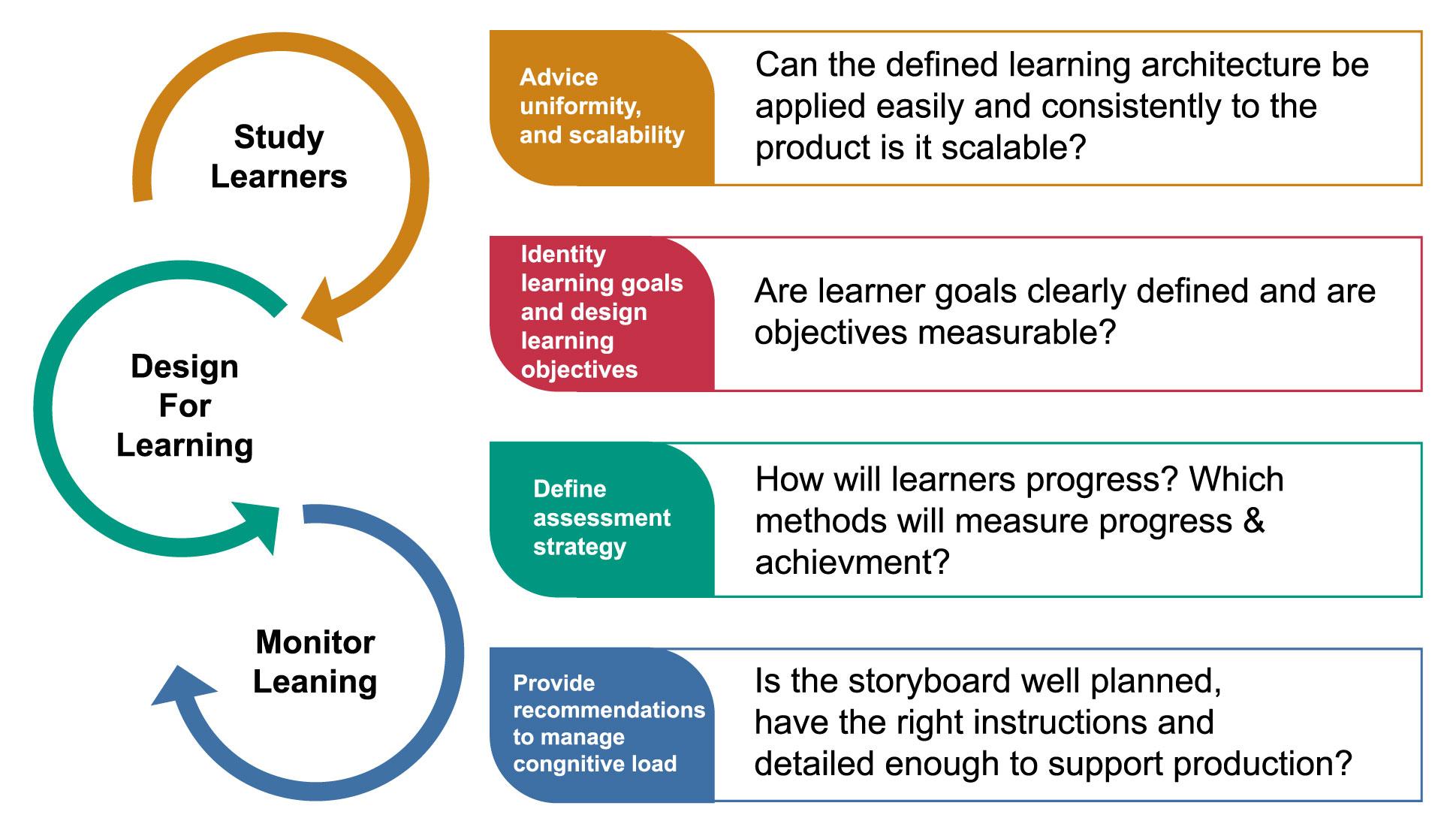For any new company, entering the crowded and complex digital education content market requires a highly strategic and differentiated approach. A pragmatic assessment of viable Digital Education Content Market Entry Strategies indicates that a broad-based attempt to compete with the vast content libraries of Pearson or the powerful platform of Coursera is a high-risk, low-probability endeavor. The most successful entry strategies for newcomers are almost always built on a foundation of sharp focus: targeting a specific, underserved learner segment, focusing on a niche subject area where they can be the best in the world, or innovating on the delivery model. The market's immense and continuous growth ensures that there are always new niches being created and old ones being underserved. The Digital Education Content Market size is projected to grow USD 1251.72 Billion by 2035, exhibiting a CAGR of 15.85% during the forecast period 2025-2035. This expansion creates ample space for innovative startups to find a beachhead, build a loyal audience, and grow a sustainable business by solving a specific learning problem exceptionally well.
One of the most effective entry strategies is to focus on a niche, high-demand vocational skill that is not well served by traditional academia or the large MOOC platforms. For example, a new company could create the definitive online training program for a specific role in the renewable energy sector, such as a wind turbine technician, or for a specific software tool used in the biotech industry. This strategy involves building deep expertise in a narrow field, creating highly practical, hands-on content, and developing strong relationships with employers in that industry to ensure the curriculum is job-relevant and leads to tangible career outcomes. By becoming the recognized leader for a specific vocational skill, the company can build a strong brand, command premium pricing, and create a defensible moat based on its specialized knowledge and industry connections. This is in stark contrast to trying to offer a generic "Introduction to Python" course, where the competition is immense and commoditized.
Another powerful entry strategy is to innovate on the pedagogical model and user experience. Instead of just delivering video lectures and multiple-choice quizzes, a new entrant could build a platform around a more engaging and effective learning methodology. For example, a company could create a "cohort-based" learning platform, where small groups of students learn together over a set period, with live sessions, collaborative projects, and a strong sense of community. This high-touch, community-driven model provides a powerful alternative to the lonely, self-paced experience of many large-scale platforms. Another approach is to use gamification, building a learning experience that feels like playing a game, with points, badges, and leaderboards to drive motivation, particularly in the K-12 or language-learning spaces. A third strategy is to focus on a B2B model, creating a "white-label" content platform that other organizations (like universities or corporations) can brand as their own. This allows the new entrant to leverage the distribution channels and brand trust of its partners, providing a more capital-efficient path to market than a purely direct-to-consumer approach.
Top Trending Reports -



